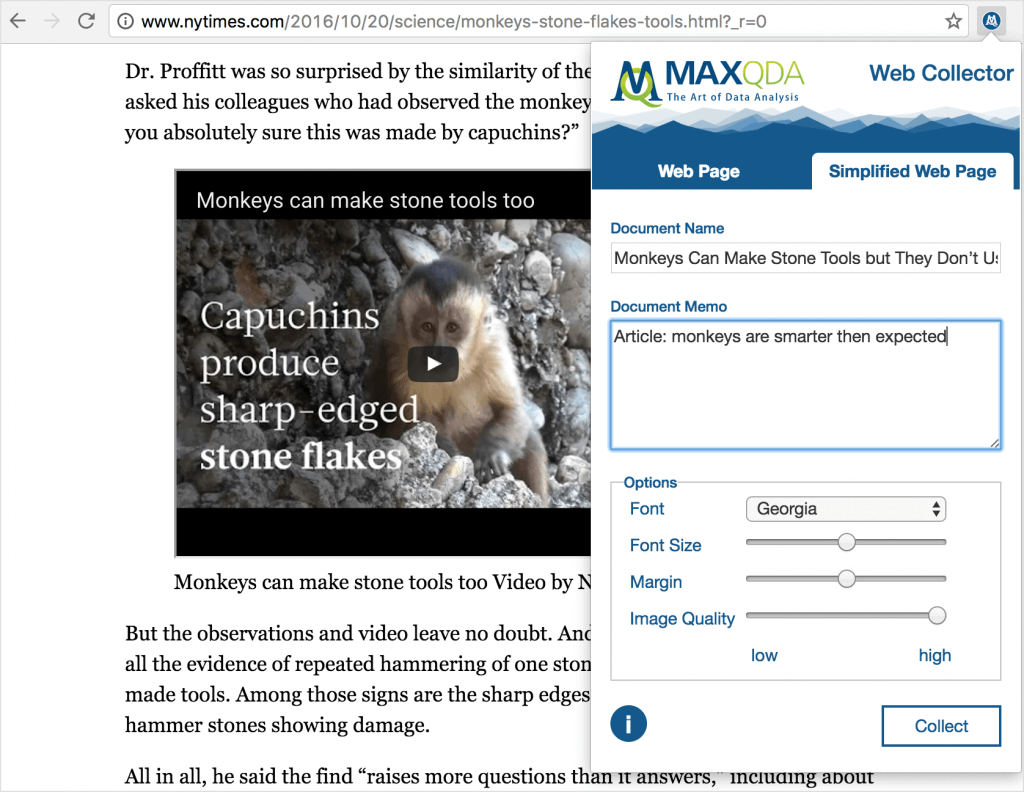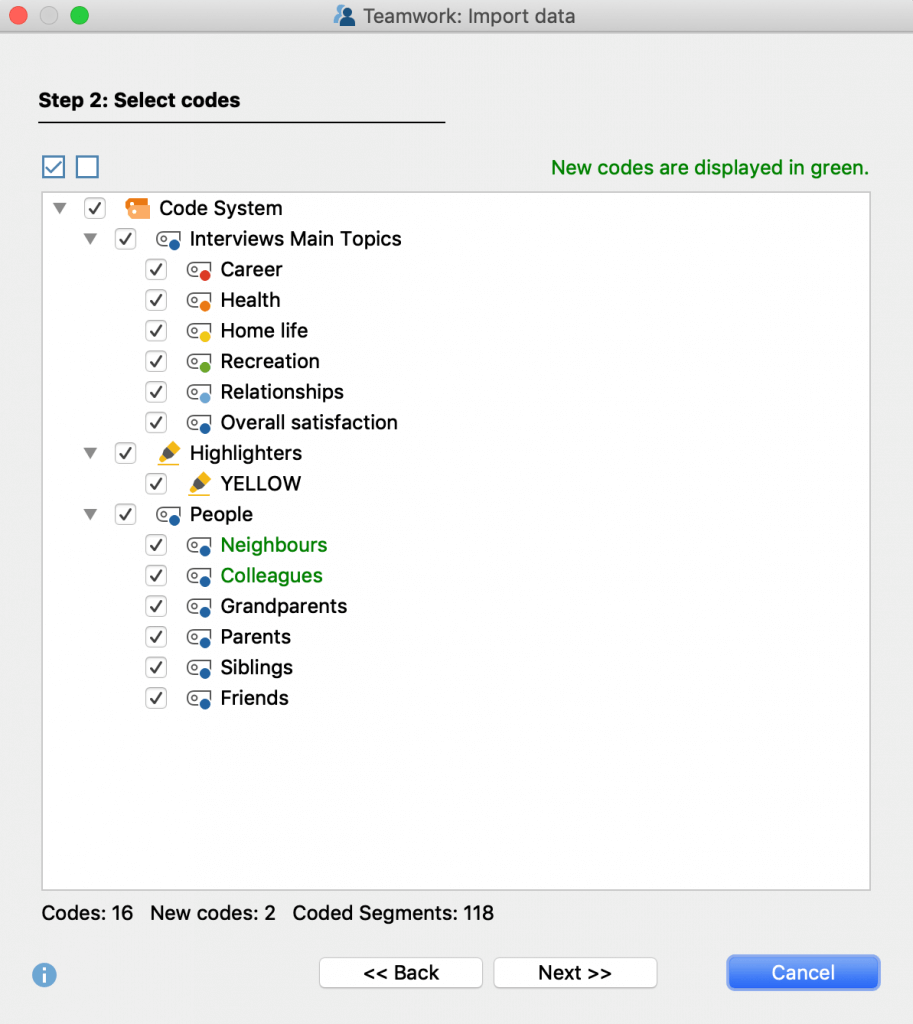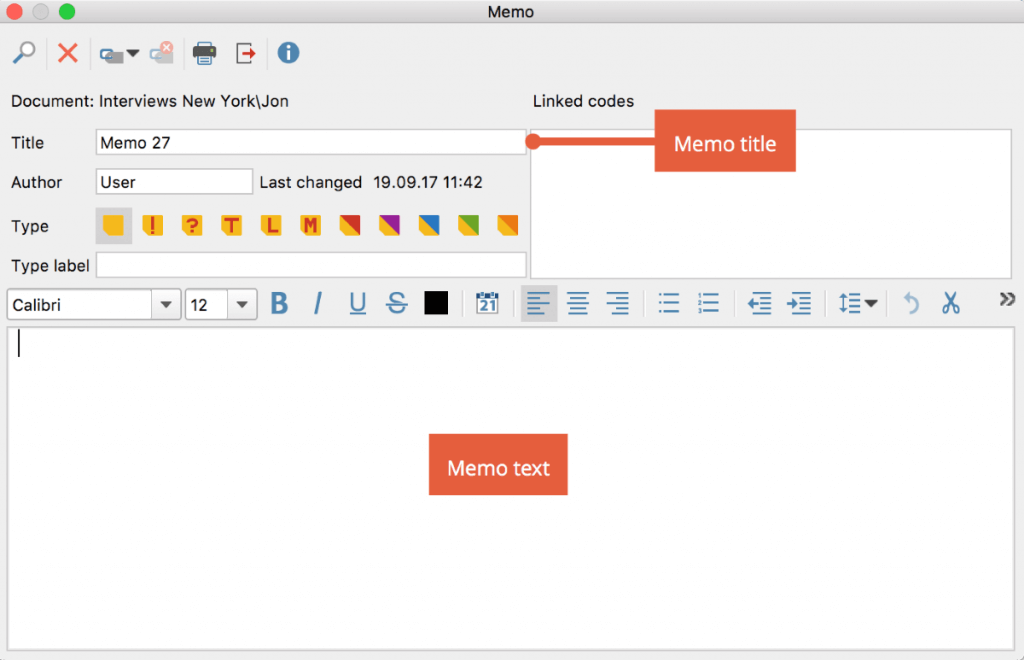

- Maxqda automatically saves install#
- Maxqda automatically saves full#
- Maxqda automatically saves code#
- Maxqda automatically saves free#

Maxqda automatically saves code#
Include a code in the Summary Table even if you have not created any summaries for this code, by switching the display to coded segments. Right-click on the column or row headers to select this new option from the context menu. You can now remove columns or rows from a Summary Table at any time.

Edit or assign new colors to visualize different groups. Create case typologies by displaying each case in the color of their document. Avoid spelling mistakes in your summaries by activating the spellcheck function in the Summary window.
Maxqda automatically saves full#
And the new Summary Table enables users to use the full width of the window to display their data. The new ribbon menus in both windows make it easier to understand and use all of the available options. The improved Summary Grid layout displays the summary at the bottom, so you have more space to view the original data.
MAXQDA now offers a native support for both Intel based and Apple silicon–based macOS systems. Intel based and Apple silicon based macOS systems. Import transcripts that were created with the automatic transcription tool "GoSpeech". Quickly import files or folders from Clipboard by using the new option unter “Import > Create Document > From Clipboard” or the keyboard combination ctrl/cmd + v. All the information you see on the dashboard is interactive so you can jump into your data for further information with a single click. Find out where the code occurs, which other codes often co-occur with your code and which words appear most frequently in your coded text. Understand how you have used the code in your data and which elements of writing you have created about this code in memos, comments, or summaries. Maxqda automatically saves free#
The kit features tools that have been used in peer-reviewed academic studies. Many tools are free to use and require little or no programming.
The Social Media Research Toolkit is a list of 50+ social media research tools curated by researchers at the Social Media Lab at Ted Rogers School of Management, Ryerson University. Maxqda automatically saves install#
You can install Tweepy from the command line using pip or directly from the Github repository.
An easy-to-use Python library for accessing the Twitter API. See the usage paragraph on rtweet's Github to learn more. Users must be authenticated to interact with Twitter's APIs. An R package designed to formulate and send requests to Twitter's REST and stream APIs. You need to register as a Facebook Developer and create a Facebook App. It's an HTTP-based API that apps can use to programmatically query data, post new stories, manage ads, upload photos, and perform a wide variety of other tasks. The Graph API is the primary way to get data into and out of the Facebook platform. The matching tweets are saved in Google Sheets forever.Īdvanced collection methods-coding required: Monitor Twitter for brand mentions, hashtags, and other search keywords. Twitter Archiver add-on for Google Sheets. Requires Twitter developer account and API key. Enter a search query, or a hashtag, and all matching tweets are automatically saved in the Google Sheet. The Twitter Archiver lets you easily save tweets for any search keyword or hashtag in a Google Spreadsheet. Tweet Archiver add-on for Google Sheets. The DiSC Lab in Fenwick Library has NVivo installed on its computers. You need to use NCapture with NVivo in order to extract the data. When capturing data from Facebook or Twitter for the first time, you will need to authorize NCapture. NCapture is a free web-browser extension for Chrome that enables you to gather web content-including data from Twitter, YouTube, LinkedIn as well as Web pages and online PDFs-to import into NVivo. The DiSC Lab in Fenwick Library has MAXQDA installed on its computers. See their guide for analyzing Twitter data with MAXQDA. MAXQDA has a wide range of features to help you analyze Twitter data that will be useful during all stages of the social media analysis process.







 0 kommentar(er)
0 kommentar(er)
